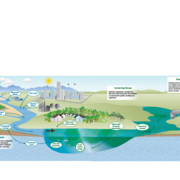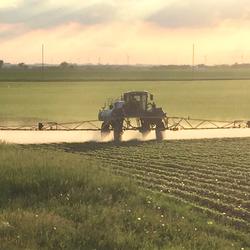Science Teams
The Environmental Health Program (Toxic Substances Hydrology and Contaminant Biology) assesses and differentiates environmental contaminant and pathogen exposures that cause actual health risks versus those that are only perceived. Specialized teams of hydrologists, geologists, chemists, and biologists work together in the field and laboratories across the United States. Scroll Down for Team List.













